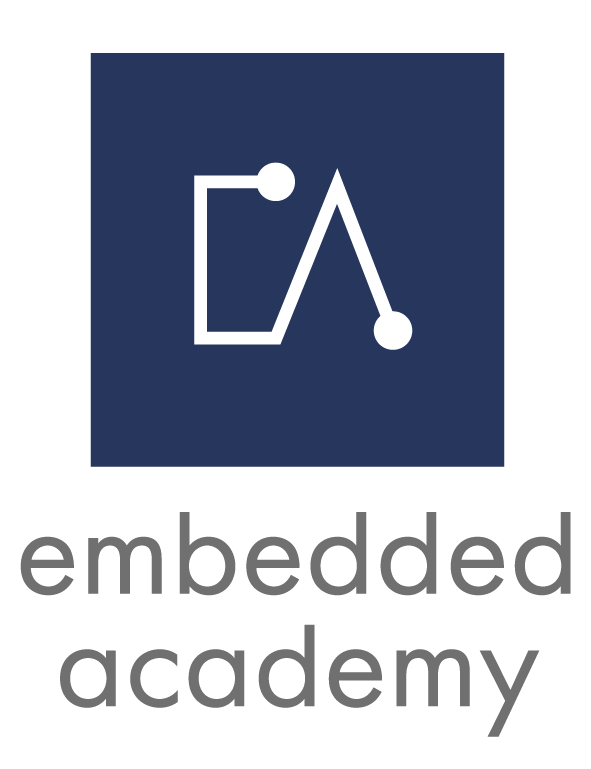E-Learning Course Electronics and Electrical Fundamentals
Content
E-Learning Electronics and Electrical Fundamentals (190 min)
- Electronics and Magnetism
- Important Components and Principles
- Circuits
- Alternating Current Circuits
- Basics of Power Electronics
Target
The aim of this course is to provide a basic technical understanding of all relevant topics in the field of electricity.
This course was created for software developers who want to understand the physical and electrical principles of embedded systems. Furthermore, it enables engineers who are new to hardware development a smooth start into this topic.
Trailer
Insights
Inhalt des Kurses
What Are Electronics and Electrical Fundamentals?
In the area of Electronics and Electrical Fundamentals, central physical phenomena of electricity are examined. Knowledge is imparted on fundamental concepts and processes, applicable laws as well as important components from the areas of electronics, magnetism and electromagnetism. Illustrative examples of practical applications are important for the ability of building a comprehensive understanding. Electrical Fundamentals also cover power electronics, a branch of electrical engineering that deals with the conversion of electrical energy using switching electronic components.
Why Are Electronics and Electrical Fundamentals Needed?
People are in contact with the physical phenomena of electricity every day, often without thinking about it or even actively perceiving it – whether in the generation of light and heat, the transmission of sound and images or the operation of machines. Nowadays, it is almost impossible to imagine a world without electricity and the resulting range of its applications. That’s why it is so important to acquire a basic understanding of how electronic and magnetism work.
Looking at the technical side, when programming embedded software it is necessary to understand the hardware on the one hand, but also the application of the program on the other. This in turn requires a basic technical understanding, which is covered by Electrical Fundamentals.
How Are Electronics and Electrical Fundamentals Related to Embedded Systems?
In order to understand embedded systems, it is essential to have a basic knowledge of Electrical Fundamentals.
What Do You Learn About Electronics and Electrical Fundamentals in the Embedded Academy E-Learning?
The first e-learning unit of this course is called “Electronics and Magnetism”. It covers the relationship between current, voltage and resistance, which is expressed by Ohm’s law. In addition, electric and magnetic fields are contrasted and different types of magnets are considered.
The second e-learning unit deals with the important components of a circuit, the capacitor and the coil, as well as the resulting phenomena and physical laws, the Lorentz Force, the Hall Effect and the principle of induction.
Furthermore, direct current and alternating current are analyzed. For the analysis of circuits, Kirchhoff’s Laws and the circuit types parallel circuit and series circuit are explained. With regard to alternating current, the Star connection and the Delta connection are considered.
The topic of AC circuits is covered in greater detail. Therefore, the complex numbers are explained in order to then discuss the complex voltage and the complex current. Furthermore, this chapter covers the impedance and the Root Mean Square.
The last part of the e-learning contains an introduction to power electronics, which is based on semiconductor elements. In addition to teaching technical basics, it explains how various components can be constructed using semiconductors. Here, special attention is paid to the diode and the MOSFET. The user is therefore familiarized with the concept of the p-n-junction.
You must log in and have started this kurs to submit a review.
